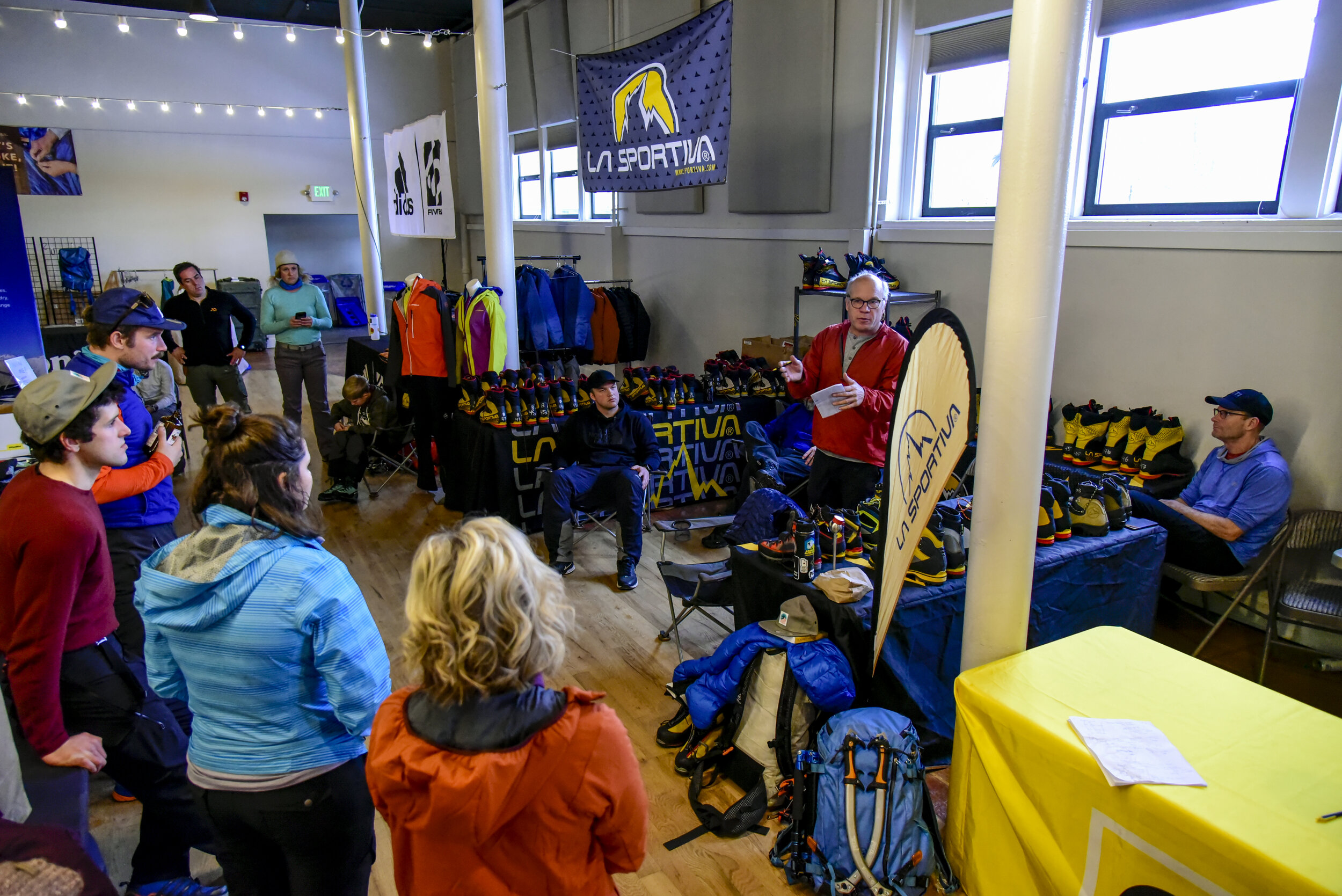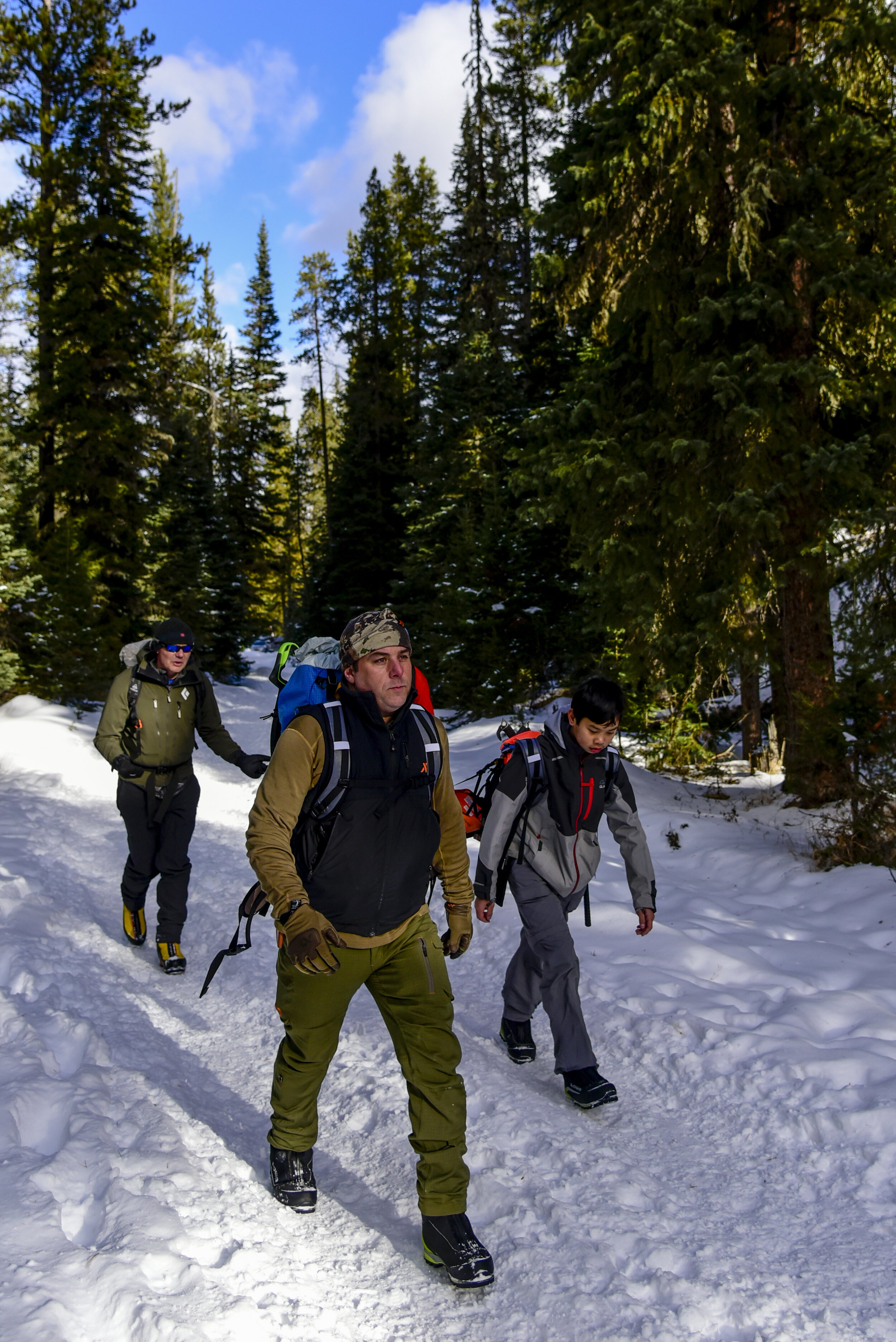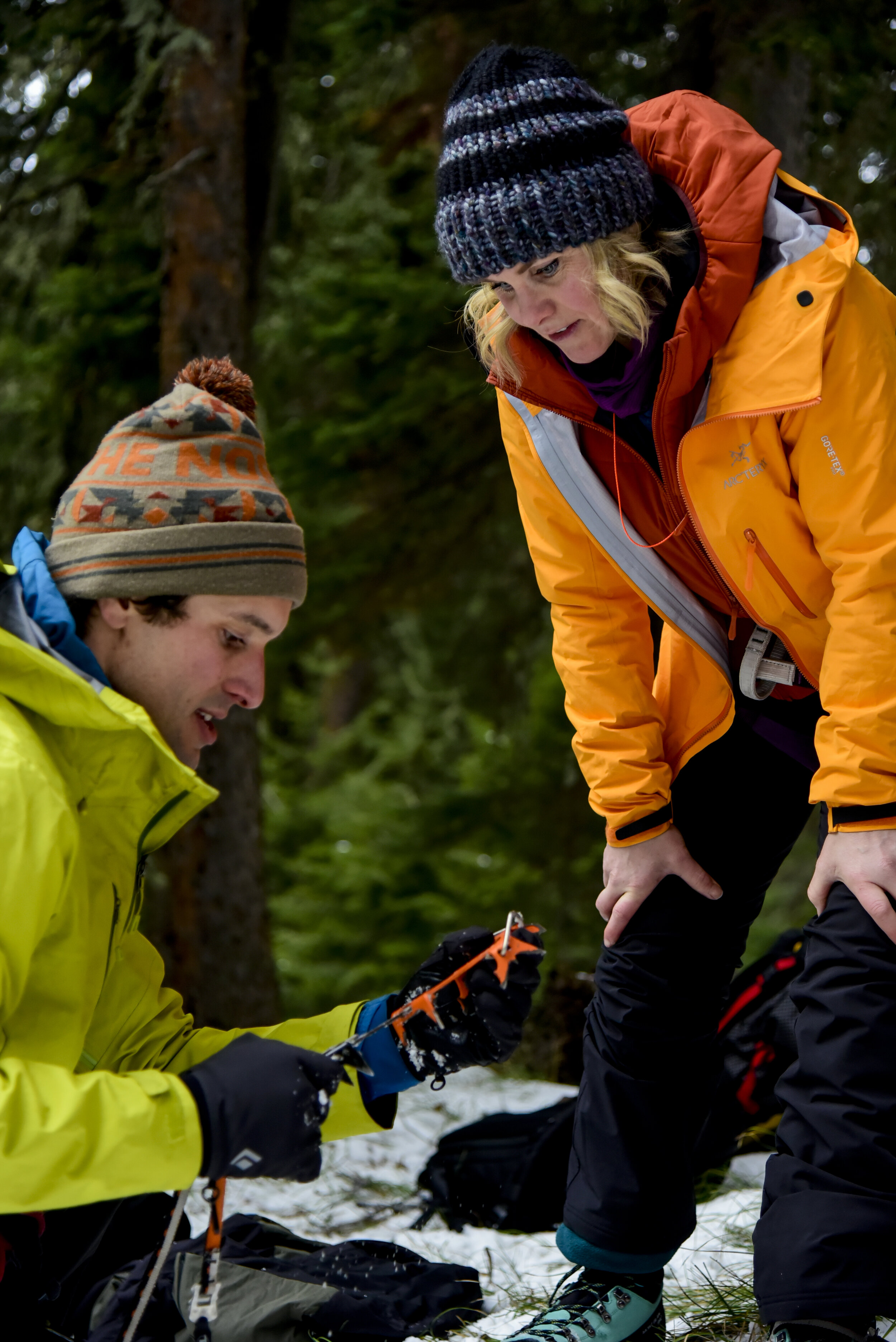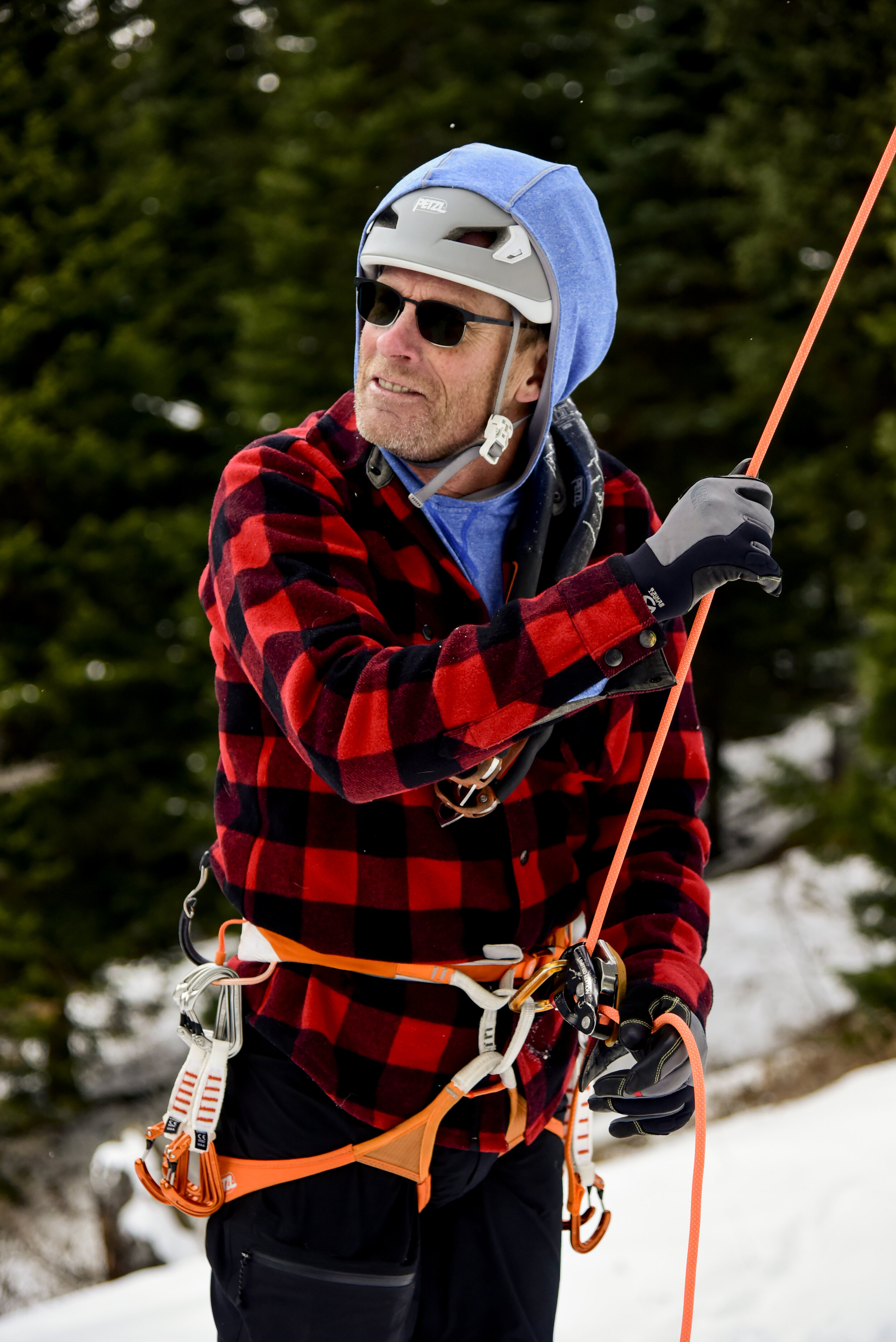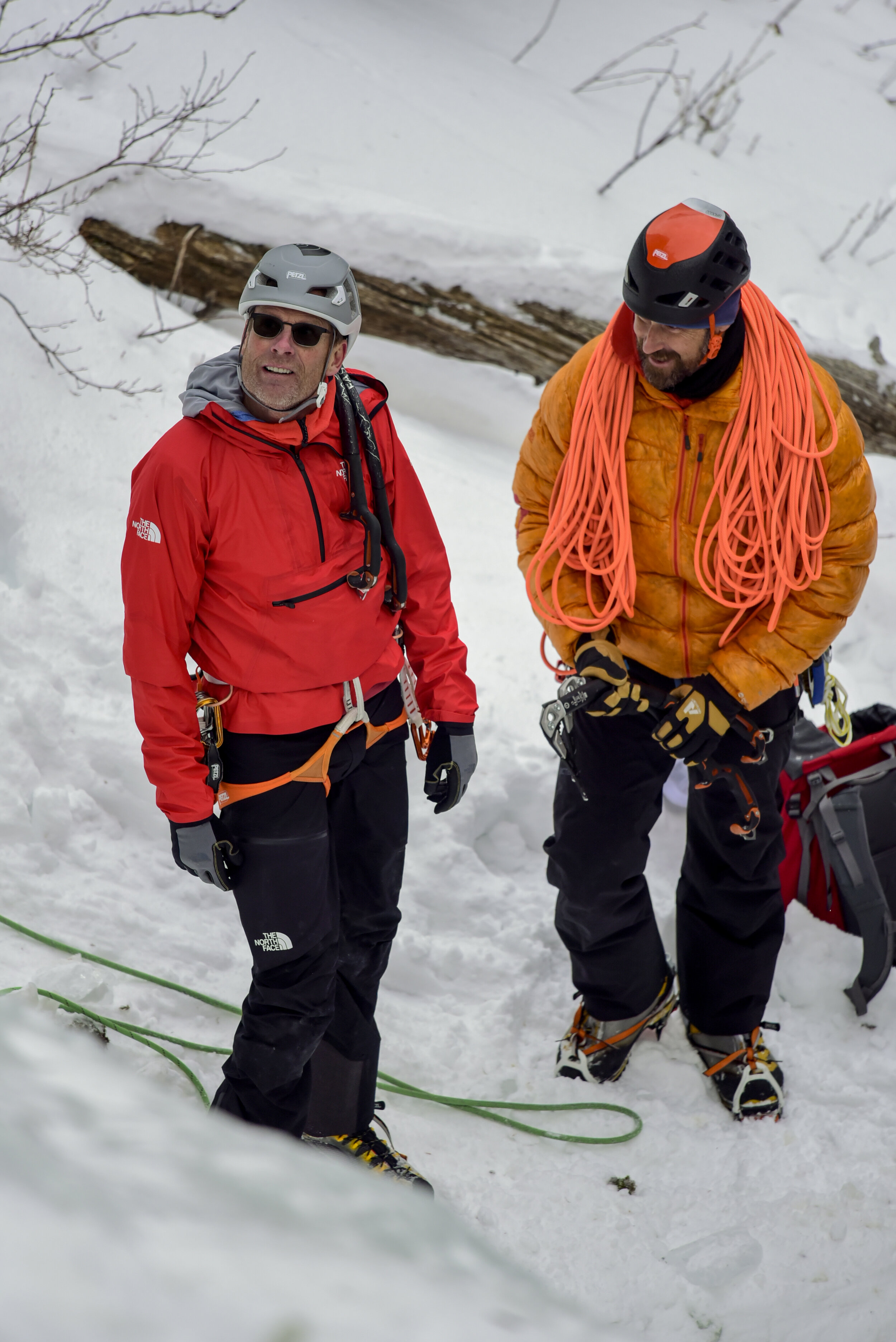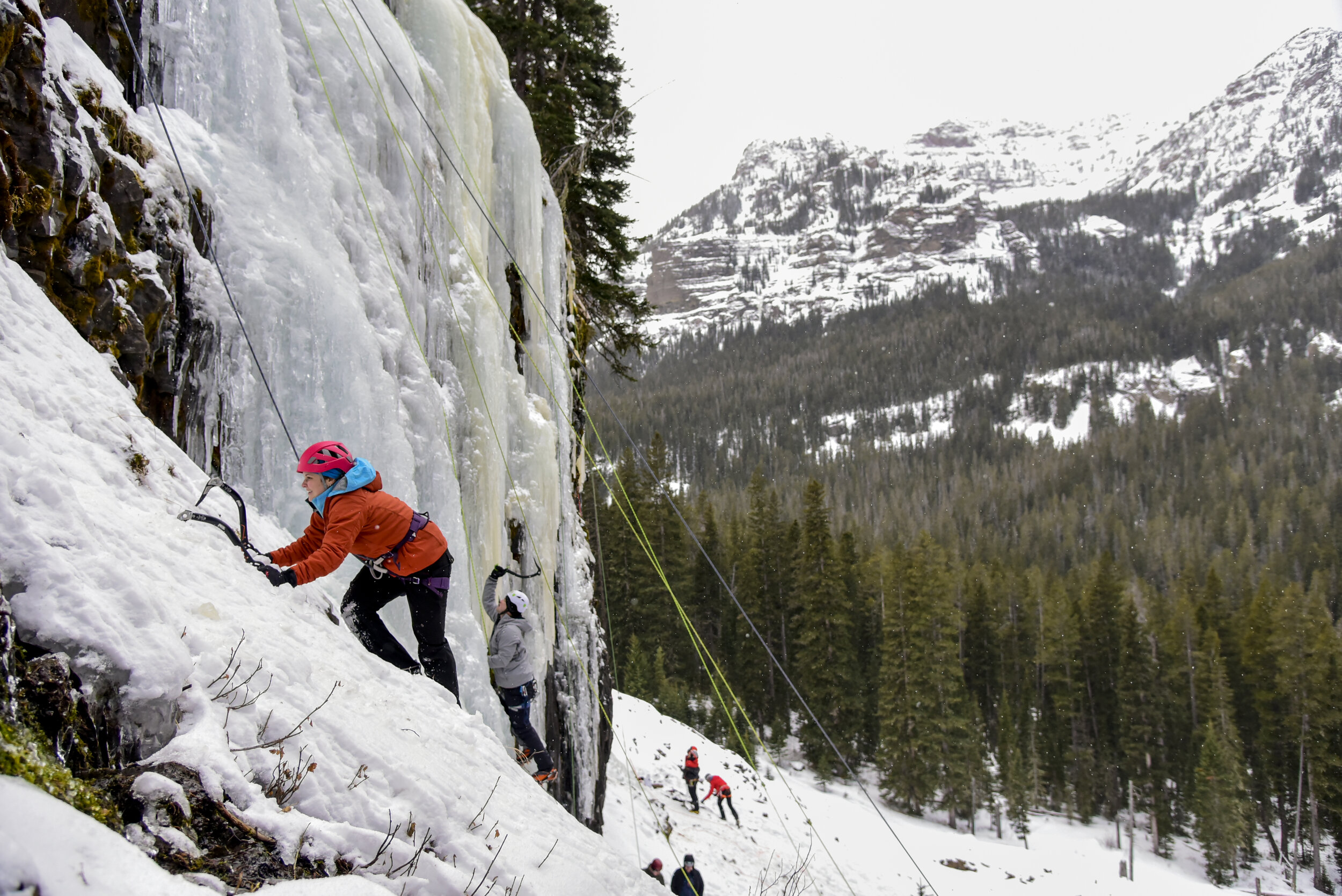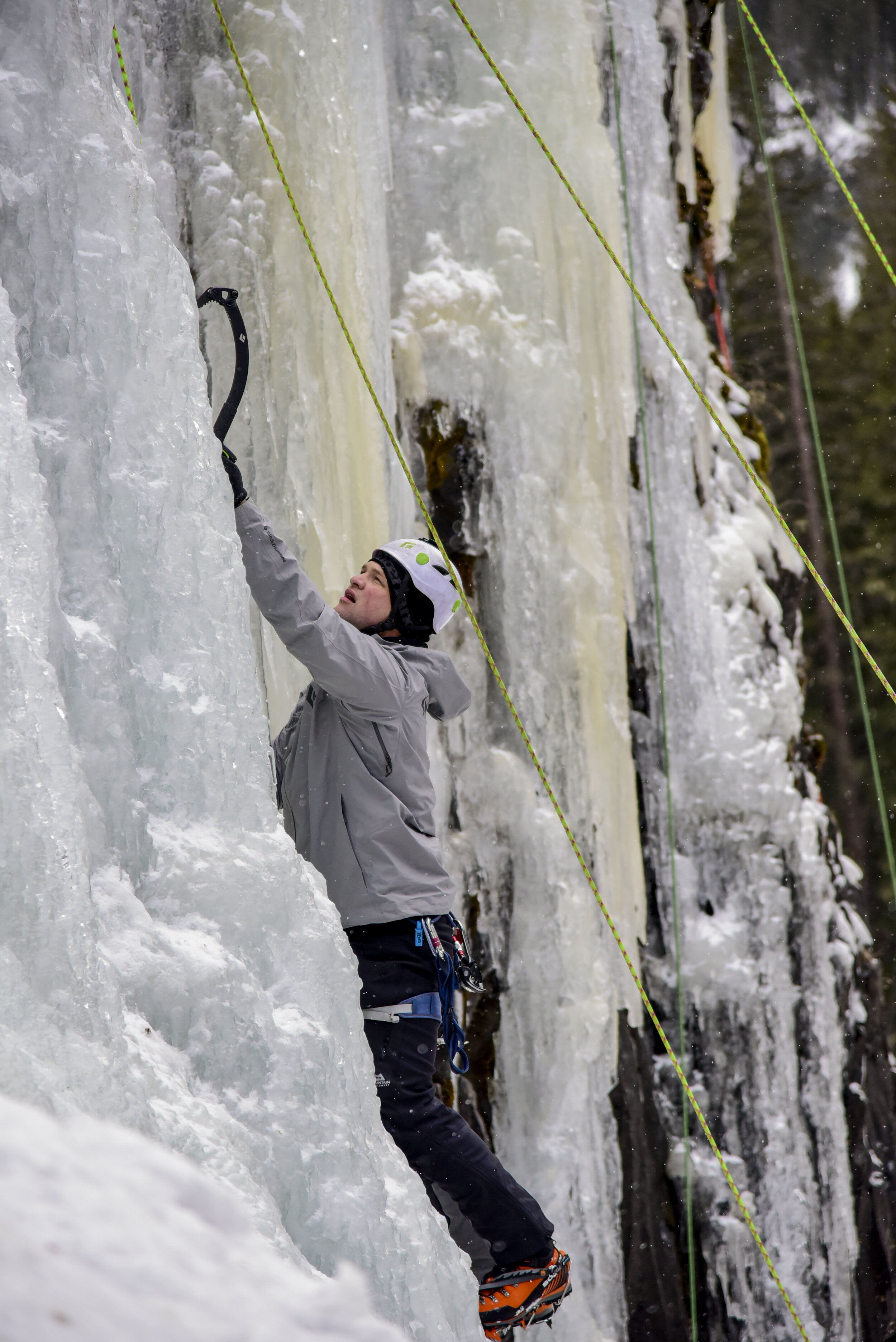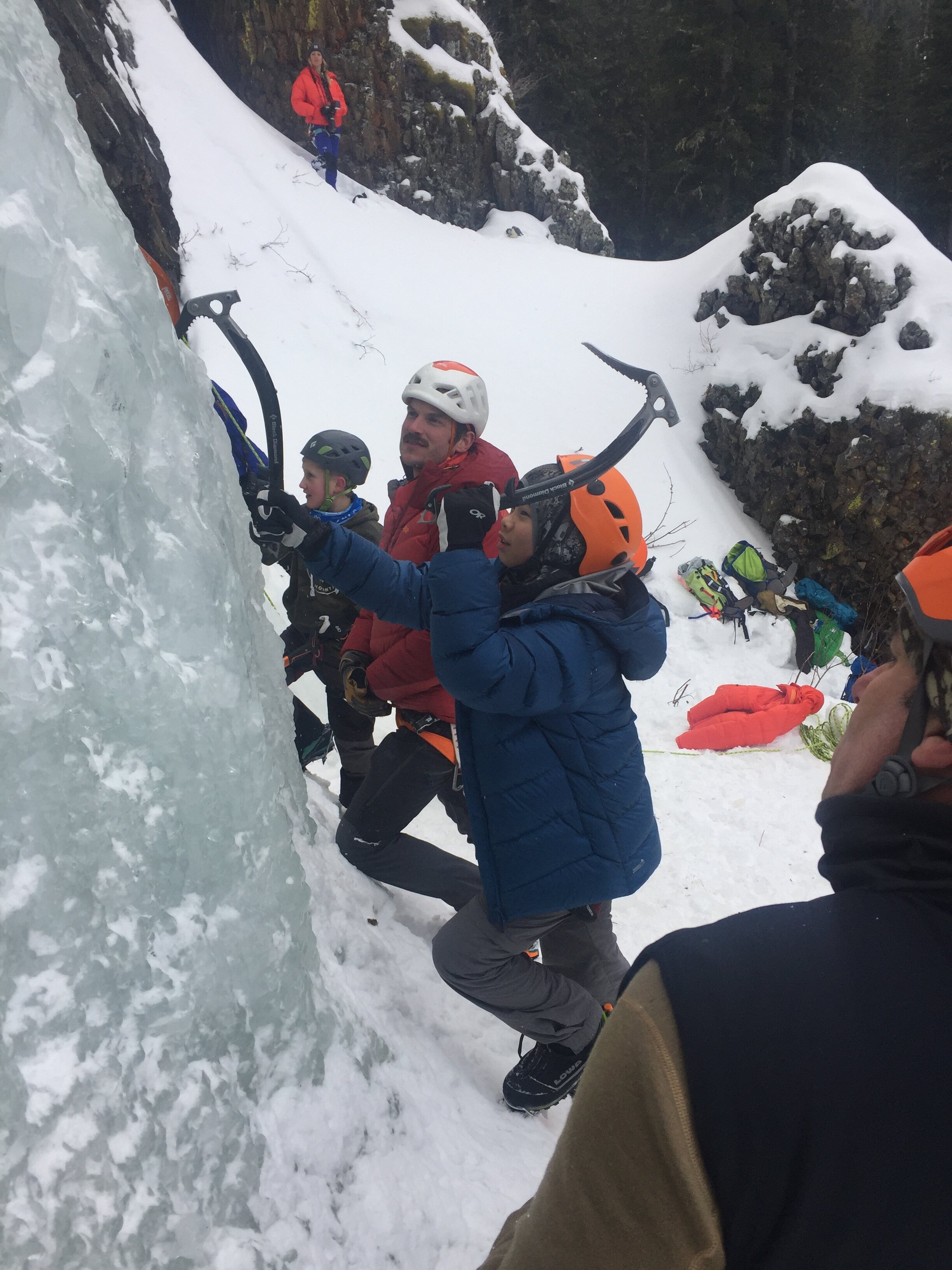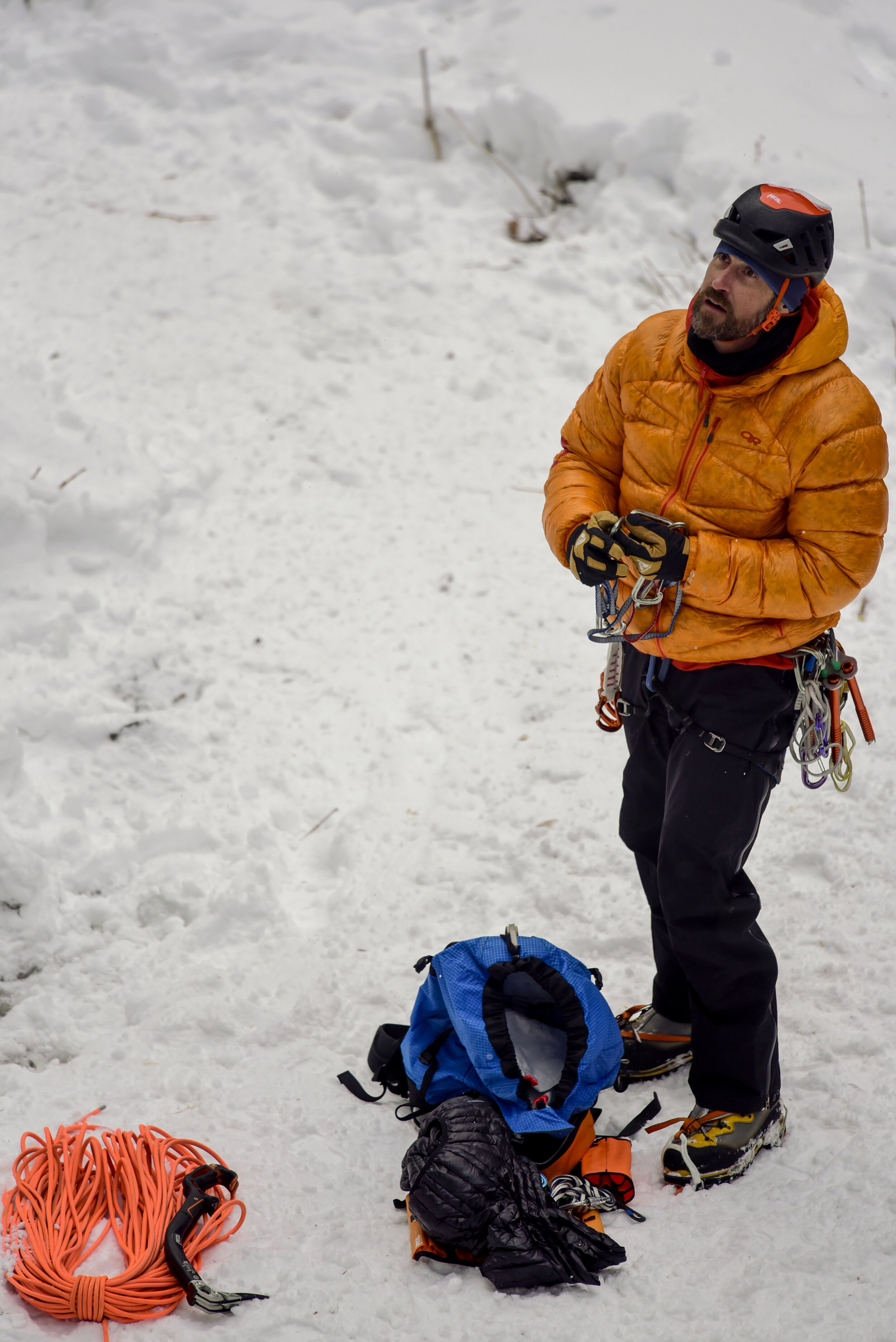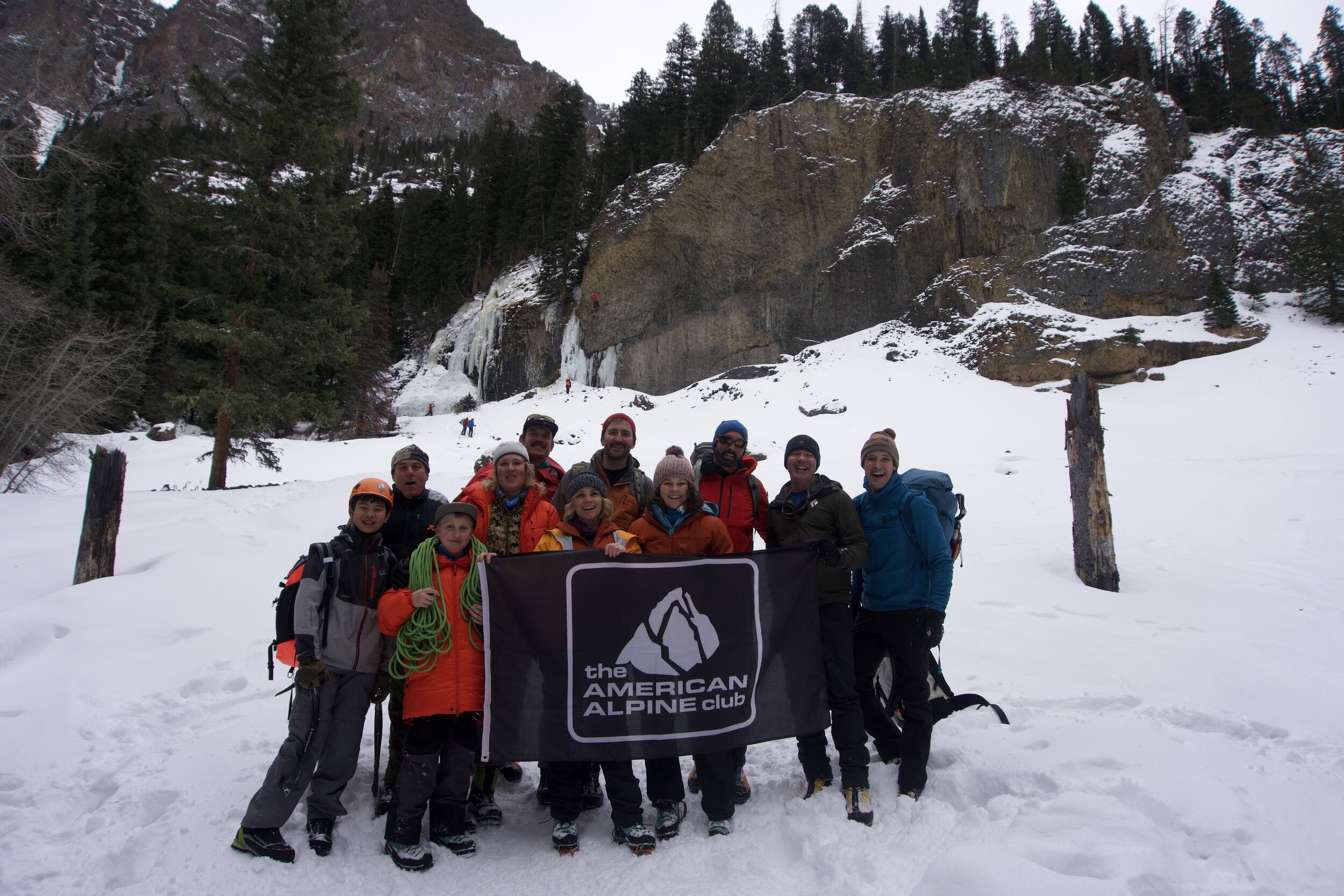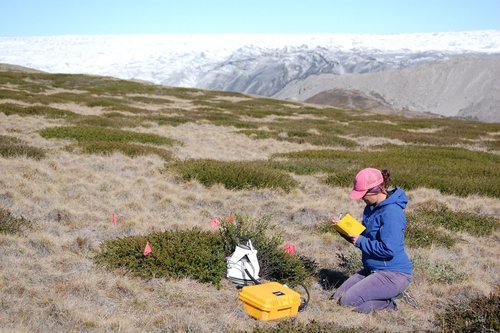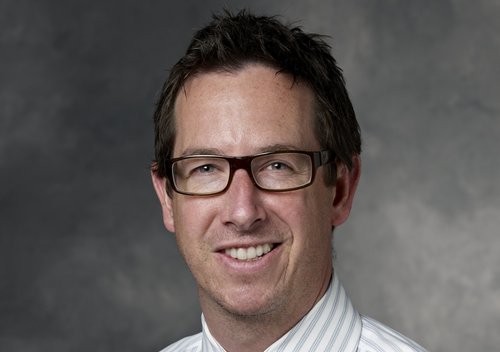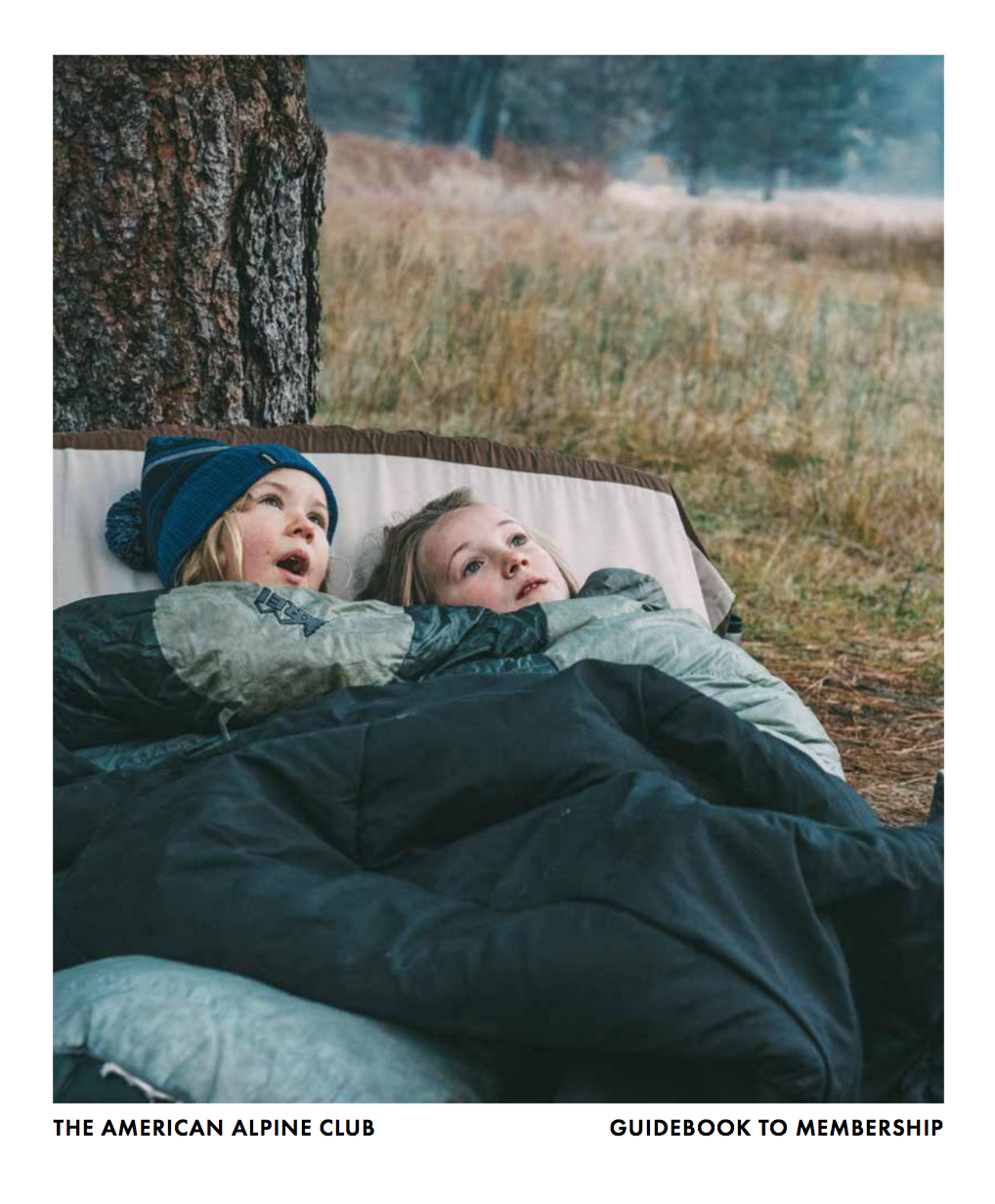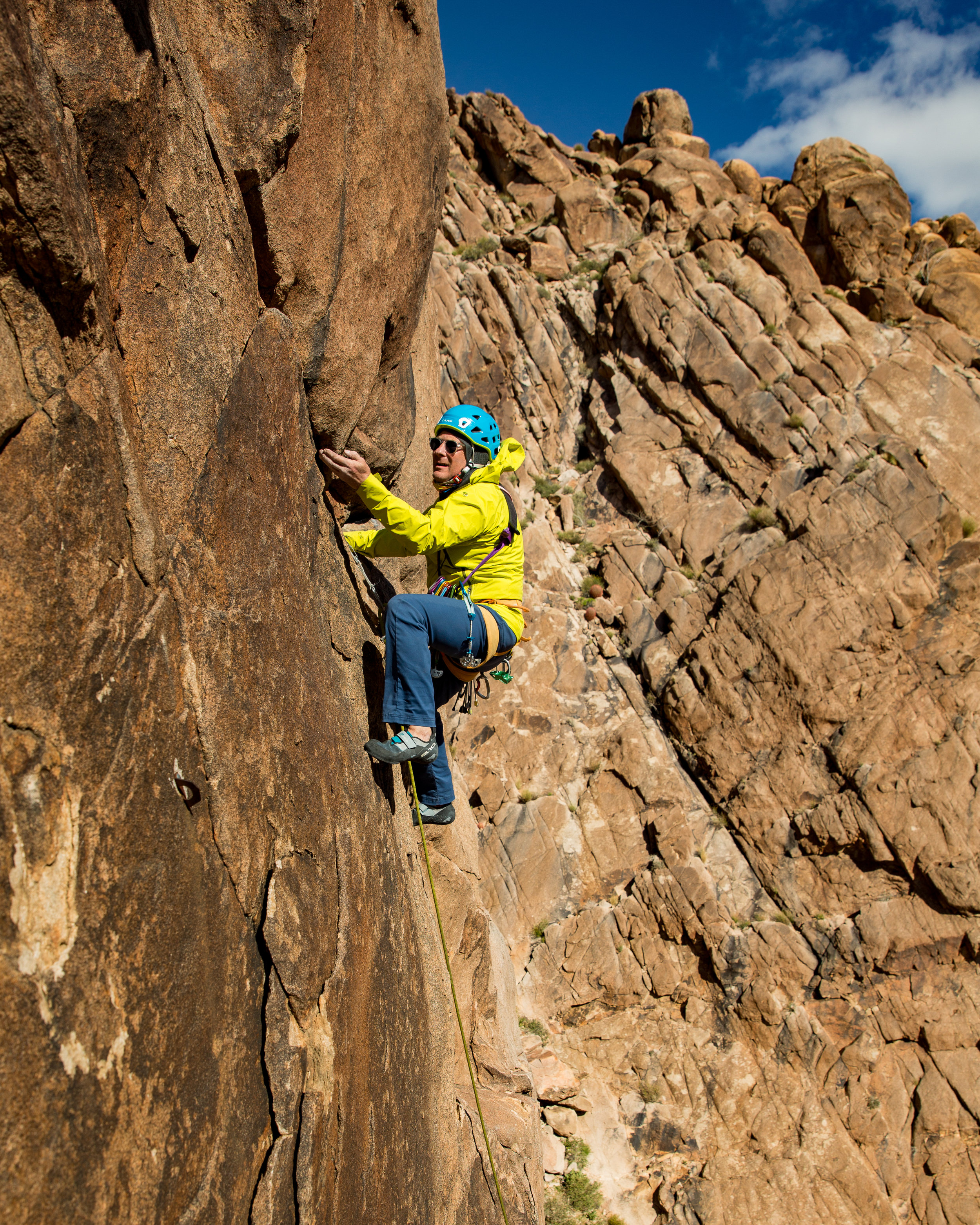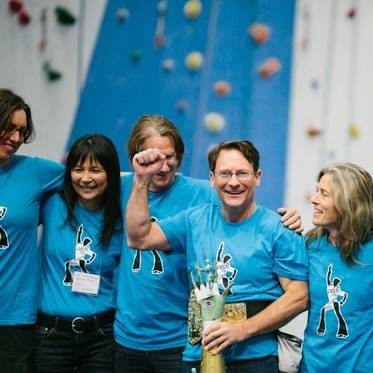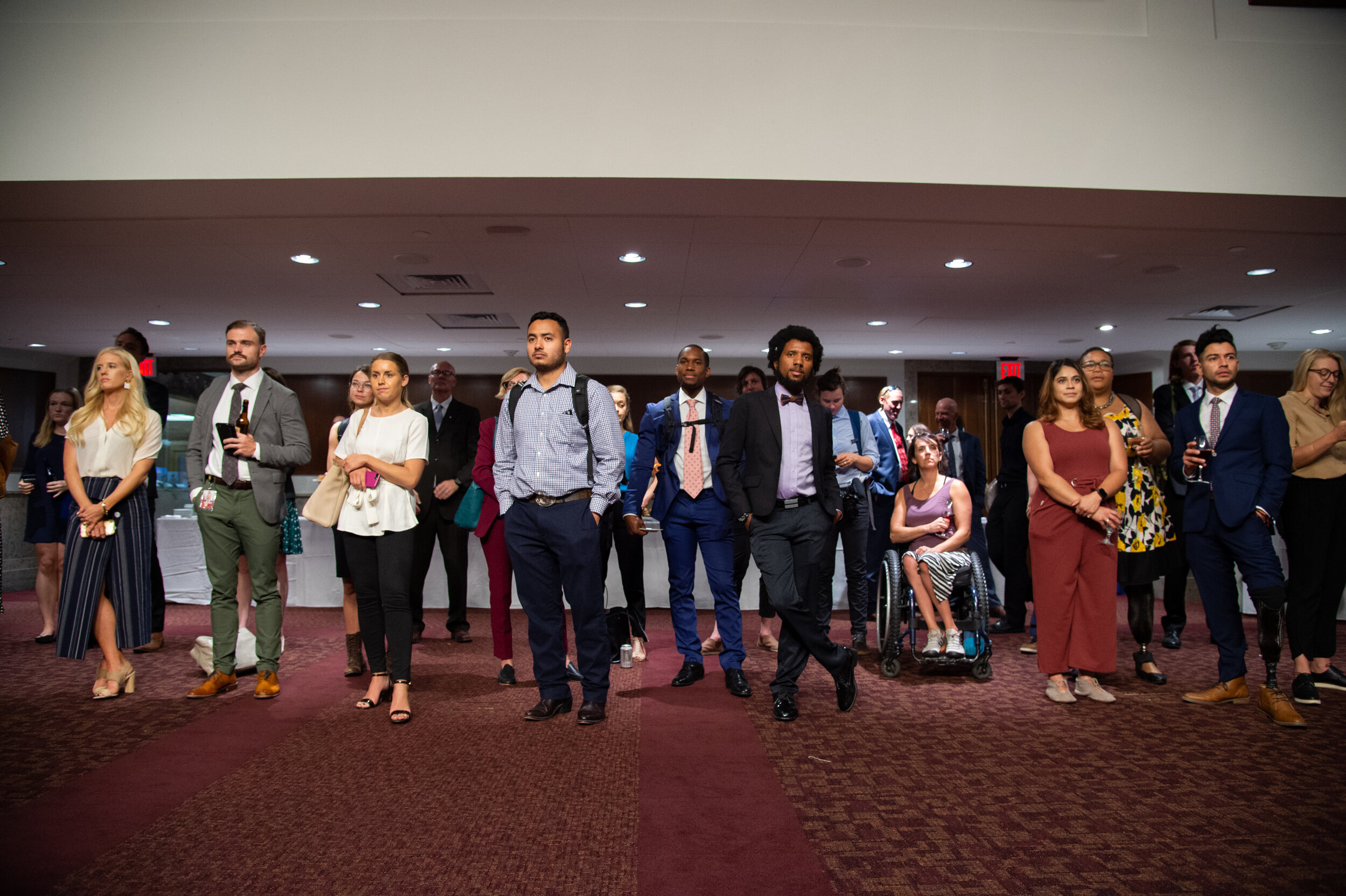The Climbing Grief Fund (CGF) and the American Alpine Club (AAC) are pleased to announce that the Climbing Grief Grant is now open to the community. The Climbing Grief Grant offers financial support for individuals directly impacted by grief, loss, and/or trauma related to climbing, ski mountaineering or alpinism.
Those seeking support may apply for this grant at any time throughout the year. There are currently 15 Climbing Grief Grants to be awarded in 2020.
The grants are awarded in amounts of $600 each and are to be used toward individual therapy or a professional program that engages a grief or trauma framework. We’ve created a mental health directory to help anyone in the community find a therapist and/or supportive resources for grief and trauma. Grant applicants may also select a therapist or program that is not listed in the directory.
learn more about the Grief Fund, or apply for a grant.
February 18, 2020, Golden, CO—The Climbing Grief Fund (CGF) and the American Alpine Club (AAC) are pleased to announce that the Climbing Grief Grant is now open to the community. The Climbing Grief Grant offers financial support for individuals directly impacted by grief, loss, and/or trauma related to climbing, ski mountaineering or alpinism.
Those seeking support may apply for this grant at any time throughout the year. There are currently 15 Climbing Grief Grants to be awarded in 2020.
The grants are awarded in amounts of $600 each and are to be used toward individual therapy or a professional program that engages a grief or trauma framework. We’ve created a mental health directory to help anyone in the community find a therapist and/or supportive resources for grief and trauma. Grant applicants may also select a therapist or program that is not listed in the directory.
Applicants may apply online for the Climbing Grief Grant. All applications will remain confidential.
The Climbing Grief Fund acts as a hub to connect individuals to effective mental health professionals and resources. CGF is working to evolve the conversation around grief and trauma in the climbing, alpinism, and ski mountaineering community.
The Climbing Grief Fund was founded in 2018 by professional climber Madaleine Sorkin after a series of tragedies in her community. Sorkin currently directs the CGF.
“Offsetting some of the cost of therapy for individuals impacted by climbing-related tragedy was the original idea that pulled me into starting CGF,” Sorkin said, “so it’s exciting for me to see these grants become a reality. The grants are a concrete service that we can provide for our community and my hope is that our community quickly uses them up and CGF secures funding to offer more in 2020.”
Sorkin is curious how well her community will take to using these grants and whether demand will exceed the 15 budgeted annually. Through increased donations, the Climbing Grief Fund would like to offer more of these unique grants and continue to expand their programming. Currently, CGF programming includes Climbing Grief Grants, Story Archive Project, Mental Health Directory and Resources, and Psychoeducation Workshops. The Story Archive Project contains CGF’s filmed interviews with community members about the impact of grief and loss and how the individual is moving forward.
An original film called The Color of Mourning b rings together these interviews and will premiere on April 23 at Neptune Mountaineering in Boulder, Colorado.
To learn more about CGF and to donate, please visit https://americanalpineclub.org/grieffund.
Thank you for your support of the American Alpine Club, the Climbing Grief Fund, and this important program.












